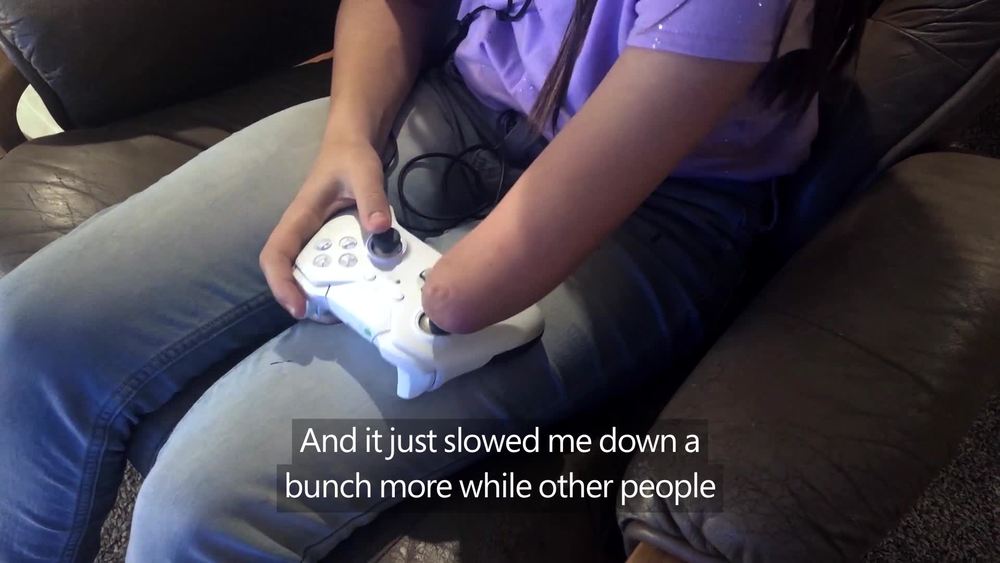Meet the gamers who remind us that when everybody plays, we all win. https://xbx.lv/2WvDLoa #GamingForEveryone #SuperBowl #SBLIII

Meet the gamers who remind us that when everybody plays, we all win. https://xbx.lv/2WvDLoa #GamingForEveryone #SuperBowl #SBLIII
New York: Researchers say they have developed an innovative new system for delivering a malaria vaccine that shows promise in its effectiveness. By developing a vaccine that targets specific cells in the immune system, researchers from the University of Chicago in the US saw a much greater immune and antibody response to the vaccine.
Though a vaccine for malaria exists, it is only effective in 30 to 50 per cent of patients, and malaria is still responsible for nearly 500,000 deaths annually, according to the US Centers for Disease Control. “When compared to the current malaria vaccine option, our results are extremely exciting,” said Jeffrey Hubbell, a professor at the University of Chicago.
Researchers at the University of South Carolina in Columbia have demonstrated an experimental plasma device capable of cleaning gas samples of D4, one of the most common siloxanes. Drawing on a technique for creating plasma called dielectric barrier discharge, the group was able to significantly reduce the amount of D4 samples after treating it with a helium-based plasma.
The findings point to a new potential solution for accommodating landfill gas rich in siloxanes. They will be presented at the American Physical Society 71st Annual Gaseous Electronics Conference and 60th Annual meeting of the APS Division of Plasma Physics, which takes place Nov. 5–9 at the Oregon Convention Center in Portland.
“This is the first time dielectric barrier discharge has been used to remove volatile organic silicate compounds,” said Malik Tahiyat, one of the researchers involved with the study. “In our case, there’s no wait for removing it or material that has to be thrown out after a certain amount of time.”
Quantum dots, which have potential uses in medical imaging and solar cells, could be made with help from the polyphenols found in tea leaves.
The device will help researchers understand the way energy transfer occurs in living systems.
As genetic genealogy gains momentum, one state considers barring police departments from using public DNA databases in criminal cases.
Strain data shows a magnitude 5.8 quake in summer 2016 – but nobody felt it, scientists say.
The most powerful laser beam ever created has been recently fired at Osaka University in Japan, where the Laser for Fast Ignition Experiments (LFEX) has been boosted to produce a beam with a peak power of 2,000 trillion watts—two petawatts—for an incredibly short duration, approximately a trillionth of a second or one picosecond.
Values this large are difficult to grasp, but we can think of it as a billion times more powerful than a typical stadium floodlight or as the overall power of all of the sun’s solar energy that falls on London. Imagine focusing all that solar power onto a surface as wide as a human hair for the duration of a trillionth of a second: that’s essentially the LFEX laser.
LFEX is only one of a series of ultra-high power lasers that are being built across the world, ranging from the gigantic 192-beam National Ignition Facility in California, to the CoReLS laser in South Korea, and the Vulcan laser at the Rutherford Appleton Laboratory outside Oxford, UK, to mention but a few.
Pentagon officials are trying to anticipate where boost-phase missile defense technology development is headed. (imaginima/Getty Images)
Michael Griffin, the undersecretary for research and engineering, expects future budgets to provide funds for lasers that the missile defense agency can more rapidly develop and field. Space-control needs to have megawatt-class lasers.
Hypersonic weapons’ low signature in flight and high degree of maneuverability upon final approach to targets make the weapons difficult to defend against.
The last time the US really invested in transformative capabilities that overwhelmed adversaries [in Desert Storm] was the Reagan era.
Continue reading “US needs megawatt class combat lasers to counter hypersonic missiles” »